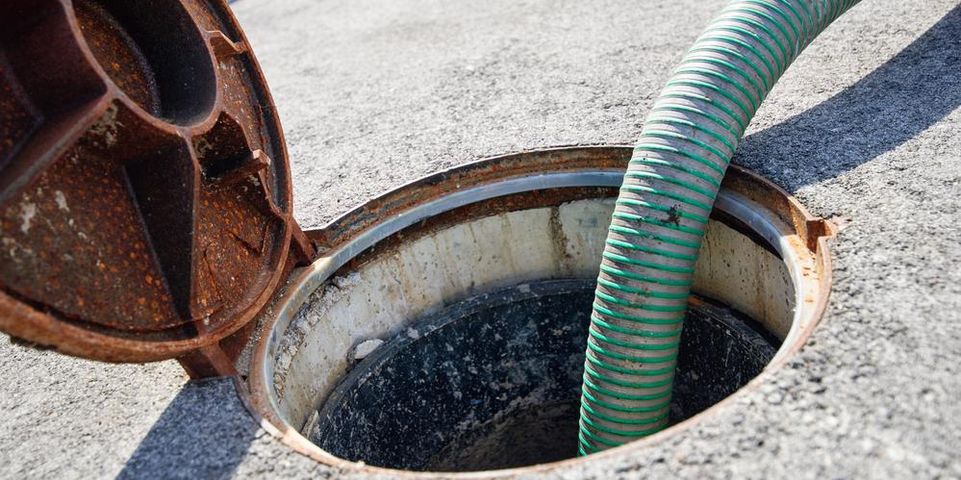
If you live in a remote or rural area, you may depend on a septic system to manage household waste. According to P & H Construction and Septic Service, in Uncasville, CT, there are a variety of septic tanks on the market. Depending on which one is in your yard, your system may have different needs and potential problems. Learning about your specific septic tank and how it operates will help you take better care of your waste management system and keep your family safe and comfortable. Consult the following guide for information about the four main types of septic tanks.
A Guide to 4 Different Septic Tanks
1. Concrete Septic Tank
These reservoirs are made of concrete and can last several decades. However, over time, they are vulnerable to cracks and separation, especially if the system is poorly maintained. In this case, waste can flow out of the tank, or groundwater can seep in. Blockages and runoff are also common with concrete septic tanks and may cause backups. The best way to detect and prevent these issues is to schedule a professional inspection.
2. Steel Septic Tank
While it might seem counterintuitive, steel septic tanks are the least resilient. They usually have to be replaced after around 20 years. Sometimes, steel tank covers can rust, allowing people to fall into the waste-filled tank below. Entry and exit points in the tank are also vulnerable to this chemical process and should be inspected by a professional.
3. Plastic Septic Tank
 These strong septic tanks won’t crack or rust like concrete and steel, but their plugs can become dislodged. If your septic tank inspection crew notices a low waste level in the tank, they should check for this issue. These tanks must also be installed carefully to prevent structural problems caused by the lightweight material. While you should never drive a car over a septic system, this is especially important for plastic tanks, which can easily shift under pressure.
These strong septic tanks won’t crack or rust like concrete and steel, but their plugs can become dislodged. If your septic tank inspection crew notices a low waste level in the tank, they should check for this issue. These tanks must also be installed carefully to prevent structural problems caused by the lightweight material. While you should never drive a car over a septic system, this is especially important for plastic tanks, which can easily shift under pressure.
4. Aerobic Septic Tank
These tanks are unique in that they rely on oxygen and electricity to speed up the bacterial breakdown of waste. While aerobic septic tanks are expensive, they solve many of the problems associated with failed systems, and they are incredibly efficient and long-lasting. On the other hand, the increased speed of the decomposition process in an aerobic tank requires frequent inspections and maintenance.
Whatever septic tank you may have, turn to P & H Construction and Septic Service to provide thorough care for your system. They are proud to have over 35 years of experience, and they serve residential and commercial clients. For more information on their capabilities, visit the website. You can also call (860) 848-8507 to speak with a friendly team member.
About the Business
Have a question? Ask the experts!
Send your question

